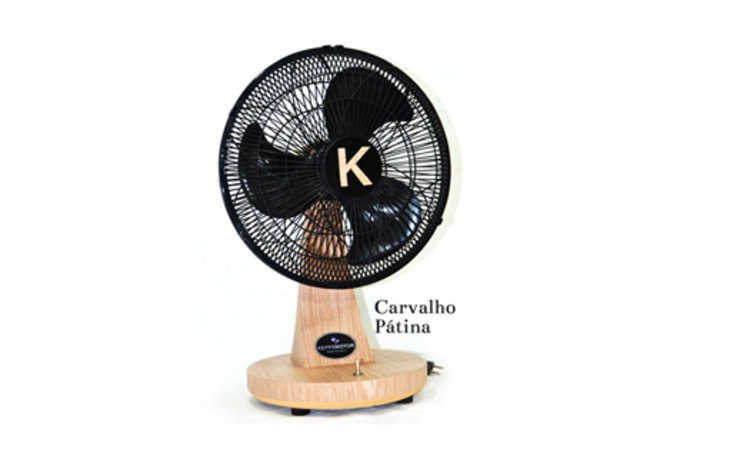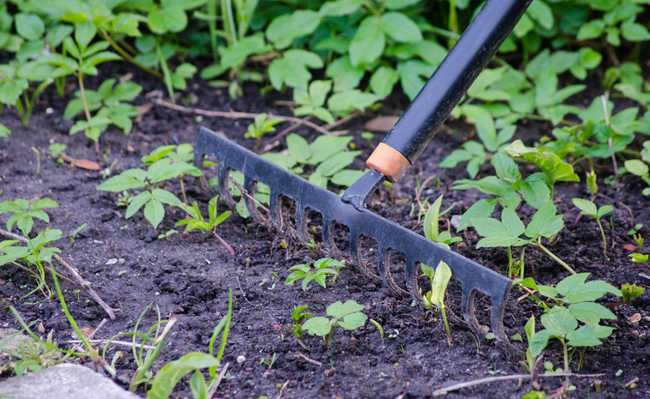Organic Gardens Course #7 and #8: Learn about common types of pests and see how to fight them with homemade products
There is a 20% chance of small pests and diseases appearing in your organic garden. But there's no reason to panic, these problems can be solved with integrated strategy control.

Yes, pests do exist and they really are... pests, in every sense of the word. But before we focus on strategies to contain the diseases that can attack your organic garden, let's understand what they are and how to identify them.
Pest is an abundance of harmful organisms that grow wildly on the plant.
If you notice that there are only a few scale insects in the plant, this is not a problem; however, if you can't see the stem or can't see the back of the leaves due to the amount of scale insects, that's a pest.
With regard to plant diseases, they are caused mainly by fungi, viruses and bacteria less frequently. A plant has a disease when it presents, in part or all of its structure, viruses or fungi, with various alterations - the most noticeable ones are related to color and anatomy (gray or black molds, rust-colored spots, foliage can be observed opaque, among others).
When it is observed that the plant is sick, it should not be placed in the compost bin or used as a green fertilizer so as not to affect other plants.
Pest control
According to the Embrapa Technological Information Agency, there are six types of pest control, but we will only focus on three:
cultural control
It is based on the application of biological and ecological knowledge employing cultural practices such as crop rotation, plowing the soil, fertilizing and watering, all of which have been cited as the principle of an organic garden.
Biological control
It is based on pest control using its natural enemies. For example, the ladybug is a natural enemy of aphids, scale insects and whiteflies.
chemical control
It is based on a vegetable preparation or infusion that we can make ourselves to control pests.
But what are the most common illnesses?
smoke

It is a fungus characterized by forming a black crust on the plant. This disease develops on molasses excreted by pests such as aphids, and for this reason it usually appears after an attack by aphids or scale insects. Its damage is indirect, as it does not affect the plant's tissues, but its black crust prevents light from passing through, weakening the plant.
powdery mildew

It is a fungus characterized by forming grayish white spots on plants. This stain looks like talcum powder, dust and causes the leaves to stiffen or begin to wrinkle in more severe cases. This disease is transmitted through wind or insect vectors, and attacks mainly the young parts of the plant, leading to its death. It is a typical disease of roses, so it is not recommended to grow roses in gardens.
Some strategies to ward off pests
Examples of biological controls for plant-damaging insects:
| harmful insects | natural enemies |
|---|---|
| Aphids | Ladybugs, praying mantises, lacewings |
| slugs, snails | frogs |
| White fly | lacewings, bed bugs |
| Cochineal | ladybugs |
Strategy to ward off birds

An alternative to keep the birds away is to use pet bottles to make a weathervane.
You'll need a pet bottle, a stick made of metal or wood thin enough that you can fit it into the bottle's cap and still have room to spare, and a stylus.
Draw rectangles in the middle of the bottle that have a base smaller than the height, these will be cut to make tabs/windows on the pet bottle. After drawing, just cut the two smaller bases and one side of the rectangle with the stylus (always cut the same side to make the flaps), drill, and insert the rod into the bottom of the bottle, fitting it into the lid.
And your weathervane is ready to fend off birds!
Another strategy to ward off birds is to make a bird of prey's eye, as birds are afraid of being preyed on by a larger bird.
To make this eye we will need a wooden board to use as a base and a yellow cardboard. So we can draw on this yellow cardboard two circles, a big yellow one and a smaller black circle inside. Or, if you prefer, you can paint directly on the wood and then hang it at the base of the garden.
Strategy to keep ants away
To keep ants away from our garden we can place broken or crushed raw rice grains around the plants, as the ants are more attracted to the rice and, instead of damaging the vegetables, they take the rice to the anthill. Ants that eat raw rice are eliminated due to their body's reaction to the food.
See other techniques for killing ants.
Strategy to reduce insects
To make this trap we will need a wooden board (or plank), yellow cardboard, duct tape, clear plastic and used oil. Let's start by wrapping the wood with yellow cardboard and duct tape. The yellow color is an ally for attracting insects a lot. Next, we're going to wrap the plate with clear plastic and then oil it over.
That way, when we leave the plate on the floor, the insects, when they try to get over it, will stick to the oil. This strategy also serves to indicate which insects are affecting the garden the most, making it possible to place specific traps later.
Strategy to attract flies and white flies

You can use a clear plastic bottle (which you can paint yellow to attract more insects), string or wire to tie, vinegar and water, or water and detergent to make this trap.
Measure approximately two fingers from the bottom of the bottle, draw and cut a rectangle approximately 6 inches long by 4 inches high, or you can also make several 2 cm x 2 cm squares spread across the bottle. Then just mix vinegar and water in the container, or water and detergent, and hang it in your garden.
Home insecticides and fungicides
Home-made insecticides and fungicides are an alternative for ending an insect infestation or treating diseased plants. But organic insecticides must be used with care and in a regulated way, as they also affect beneficial insects to our garden.
Below are some homemade recipes to eliminate diseases and pests in organic gardens:
garlic alcohol
To make this remedy for sick plants you need three or four cloves of peeled garlic, 500 ml of water and 500 ml of alcohol.
With the garlic cloves already peeled, process them with a little water in a blender and then pass them to the sieve.
To this liquid, add 500 ml of water, 500 ml of alcohol and put the contents in a sprayer to apply on the plants.
Do not forget to store it in a bottle, identifying that it is garlic alcohol, the date it was produced and keeping it out of reach of children. This remedy can last up to a month in the fridge and only a week outside.
Fungicide with white soap
This remedy works well against some fungi and some insects. You will need a white bar of soap, a peeler and hot water.
Scrape off the soap with the peeler and add hot water (this process should make a lot of suds). Then transfer this solution to a sprayer, tag it with a name and date, and it's ready to use.
Note: if a plant has sooty mold, behind this disease there will be a population of scale insects, for example. In this case, you should spray garlic alcohol to reduce scale insects, spray until it starts to run, from the bottom to the top and from the inside to the outside of the plant.
And two days later, spray the white soap fungicide to help loosen the fungus.
Fertilizers
It is also possible to make fertilizers, in addition to pesticides and fungicides. Here's a great example of a fertilizer that can be used on tomatoes or other plants, such as parsley, fennel, onions and leeks.
We are going to need stalks and leaves from the tomato plant to prepare the mother liquor.
But what is mother solution?
It is a solution that contains a kilo of fresh material or 200 g of dry material (flowers, seeds, stalks, etc.) to use in ten liters of water. This solution is very concentrated, and to use it on plants, we must take a liter of mother solution and dilute it with 10 liters of water.
Liquid fertilizer with tomato stalks
To make this fertilizer, we are going to use the largest and oldest leaves and stalks of the plant. We will not use new roots, flowers or leaves.
We are going to make the decoction of a kilo of old tomato stalks and leaves, cooking for 20 minutes in ten liters of water to make the mother solution.
When it cools down, just take a liter of the mother solution and dilute it in ten liters of water to spray on the plants once a month.
As we have seen, with the help of some plants it is possible to keep pests from your garden by replacing insecticides. See other examples to eliminate pests:
insect repellents
- Onion macerate
- Rue and sage infusion
- lavender infusion
Fungicide
- Chamomile flower infusion
Fertilizer
- nettle macerate
How to make?
Learn how to infuse, maceration, slurry and decoction:
Infusion
Put water to boil. When it reaches boiling point, turn off the heat and immerse the material for five minutes (covered). When the liquid is cold, it can be used.
Maceration
Put the material, which can be a part of the plant for example, in water and leave it for 2 or 3 days for the properties of this material to transfer to the water. Do this in a plastic container (never use metallic objects so as not to transfer any properties from the metal to the liquid). Leave it uncovered outdoors in a place where it does not rain.
slurry
It's the same process as for maceration, except that the slurry ferments for a longer time, between ten and 12 days. It also cannot be in the sun or rain.
Decoction
Similar to infusion; in the decoction we cook the material (can be stalks, leaves, etc.) with water for 20 minutes.
See the videos this article was based on. They are in Spanish, but have Portuguese subtitles and were produced by Borelli Studio.










